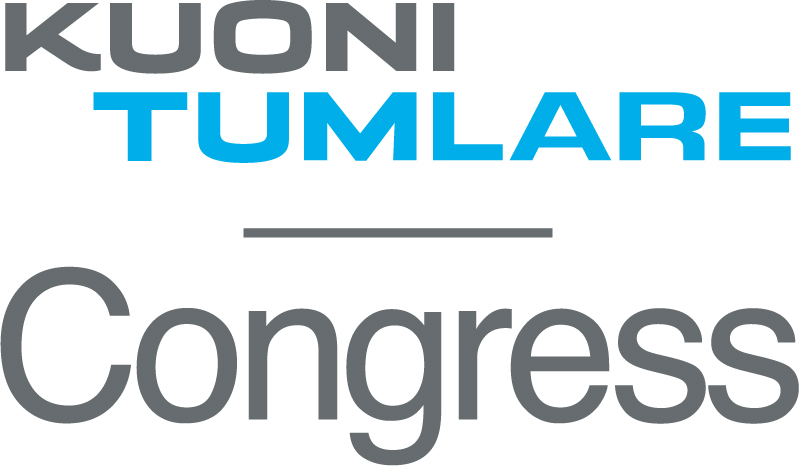Special Session SS39
26 June 2025
The magnetised Universe from galaxies to cosmic voids in the SKA & CTAO era

Aims and scope
Magnetic fields play an important role on many different scales and time periods of the Universe, from the physics of the early Universe, to the formation and evolution of the first stars and galaxies, to extracting energy from supermassive black holes, to influencing the propagation of gamma-ray cascades and ultra-high-energy cosmic rays, and generally illuminating regions of the Universe that would otherwise go unseen.
In these years, we are witnessing a revolution in our ability to constrain magnetic fields in the Universe, and in the next decade the CTAO and SKA facilities will enable us to map magnetic fields from voids to galactic scales with unparalleled details, opening a new window on the magnetised Universe.
The SKA will probe magnetic fields on a wide range of scales from resolved galaxies to the statistical properties of diffuse magnetised gas of the cosmic web, while the CTAO provides a unique diagnostic of magnetic fields in voids. The combination of results from these facilities will provide the required information on the magnetic field strength as a function of cosmic time and overdensity to determine the relative contributions of the different magnetogenesis scenarios.
To date, many exciting discoveries are being realised through SKA Pathfinder and Precursor telescopes. We are now constraining the properties of magnetic fields beyond the extent of galaxies and galaxy clusters and into the filaments of the cosmic web, in addition to detecting magnetised gas distributed throughout low mass galaxy groups. Most radio observations of the cosmic web, as well as gamma-ray-derived lower limits on magnetic fields in voids, point towards a significant primordial magnetic field. The ability to constrain primordial magnetic field properties and to quantify the impact of AGN and galactic outflows on the magnetization of the Universe has exciting implications for cosmology and astrophysics.
In this special session, we want to bring together the different communities working on magnetic fields in our Universe, from galaxies to clusters and voids. We will focus on the capabilities of present and future instruments in advancing our understanding of cosmic magnetic fields across a wide range of scales. Therefore our goals are:
Present the recent discoveries in constraining the properties of intergalactic magnetic fields with radio and gamma-ray telescopes;
Disseminate the most promising techniques that have been developed to detect and study the signature of the cosmic magnetic fields;
Discuss the most recent discoveries in the framework of present theoretical models for magnetogenesis, particle acceleration and propagation within the circum-galactic medium (CGM), intra-cluster medium (ICM) and the warm-hot intergalactic medium (WHIM), in addition to the interplay between galaxies and cosmic magnetic fields.
As the field is advancing rapidly, we want to consolidate and share the latest advances, and provide a robust foundation for future plans as the SKA and CTAO come into operation.
Programme
- IGrM and ICM
- AGN and galaxy outflows
- Voids, filaments of the Cosmic Web
- SKA/CTAO updates
- theory/modelling
Invited speakers
Scientific organisers
Shane O'Sullivan (Universidad Complutense de Madrid, Spain) - co-chair
Annalisa Bonafede (University of Bologna, Italy) - co-chair
Takuya Akahori (National Astronomical Observatory of Japan, Japan)
Evan Keane (Trinity College Dublin, Ireland)
Alice Pasetto (IRyA-UNAM, Mexico)
Chiara Stuardi (INAF - National Institute for Astrophysics, Italy)
Tessa Vernstrom (CSIRO, Perth, Australia)
Antonio Stamerra (INAF - Osservatorio Astronomico di Roma)
Contact
s.p.osullivan @ ucm.es, annalisa.bonafede @ unibo.it
Updated on Mon Feb 17 11:13:26 CET 2025

 A power cut will shut down all EAS services on Tuesday, 10 January 2017 starting at 7:30 CET.
A power cut will shut down all EAS services on Tuesday, 10 January 2017 starting at 7:30 CET.

